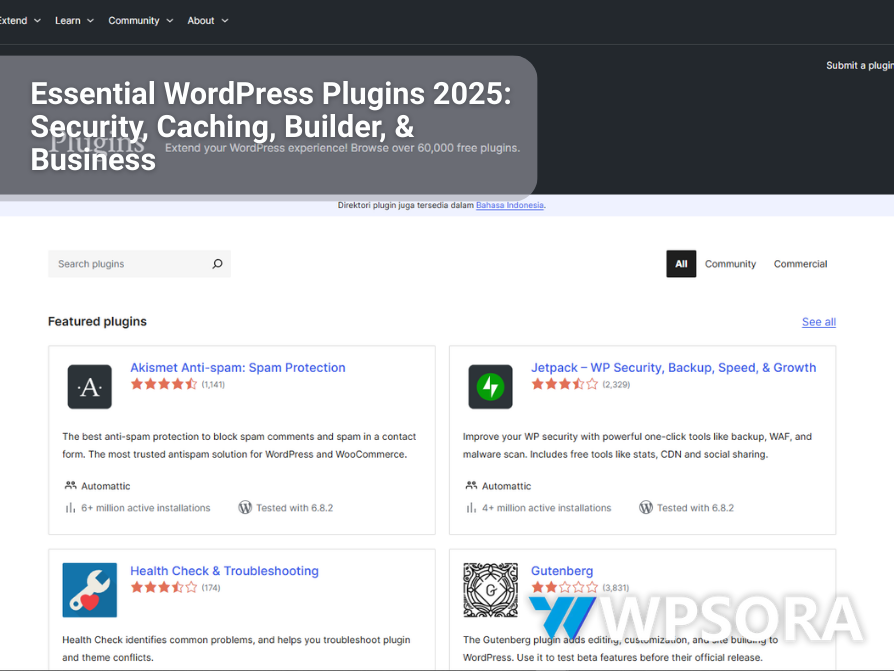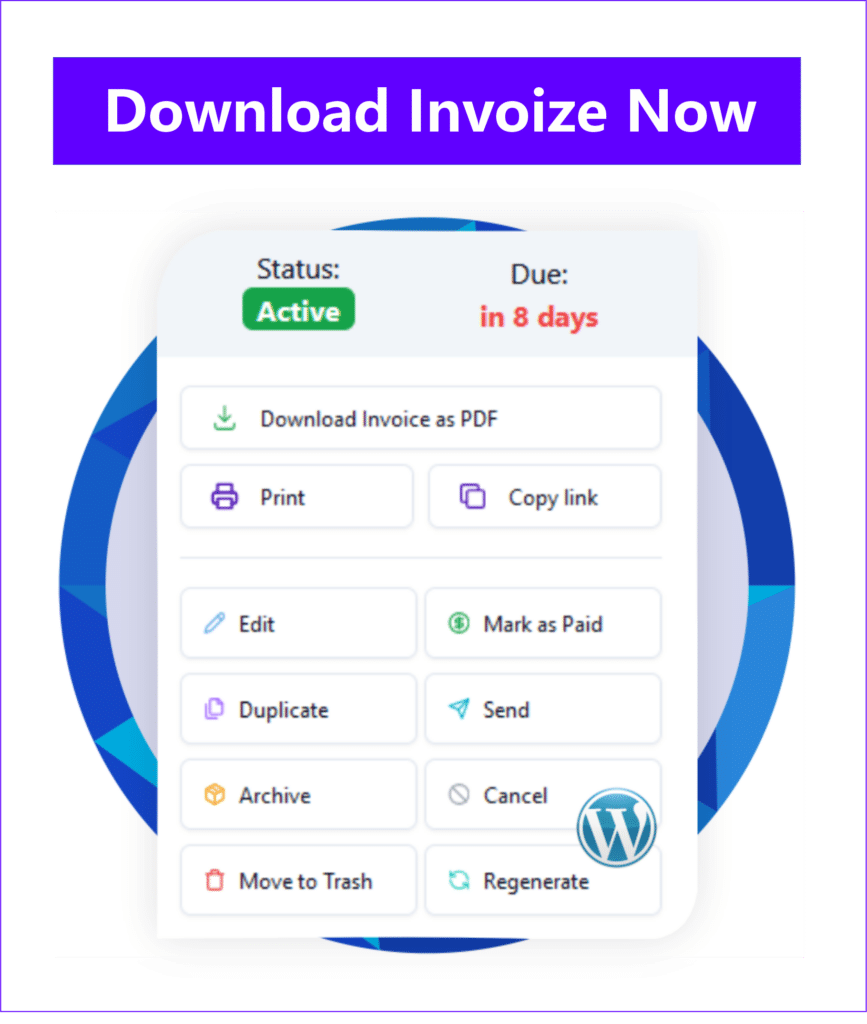In the ever-evolving digital landscape, a website’s performance and security are no longer a competitive edge—they are the very foundation of your success. As we move into 2025, these demands are escalating. Google is pushing for stricter Core Web Vitals compliance, while the need for PHP 8.2/8.3 becomes crucial for speed and stability. To meet these challenges, having the right essential WordPress plugins is a must. If you’re not acting now, your website risks becoming obsolete and falling behind competitors who are already ahead of the curve.
Table of Contents
But these challenges present a powerful opportunity. By adopting a proactive strategy, you can turn a threat into a competitive advantage. Addressing the security gaps that come with new WordPress 6.x features and optimizing every aspect of your site won’t just protect your digital asset; it will dramatically improve the user experience. This isn’t just about survival—it’s about building a site that excels in speed, security, and performance for years to come.
Quick Guide to Choosing a Plugin
Before installing any new plugin, always consider these factors:
- Compatibility: Ensure the plugin is compatible with the latest version of WordPress and PHP you are using.
- Reputation: Check the ratings, active installations, and review history. Choose a reputable developer who provides regular updates.
- Performance Impact: Use tools like PageSpeed Insights or Query Monitor to measure its impact on your site’s speed.
- Features vs. Needs: Avoid plugins with excessive features (bloat) that you’ll never use. Stick to what meets your specific needs.
- Support & Documentation: Make sure there’s responsive support and clear documentation to help you when issues arise.
1. Security Plugins (Choose 1 Main + 1 Companion)
These plugins protect your site from common threats like brute force attacks, malware, and security vulnerabilities.
- Wordfence Security: The ultimate all-in-one solution with a robust Web Application Firewall (WAF) and comprehensive malware scanner. Ideal for sites that need maximum protection.
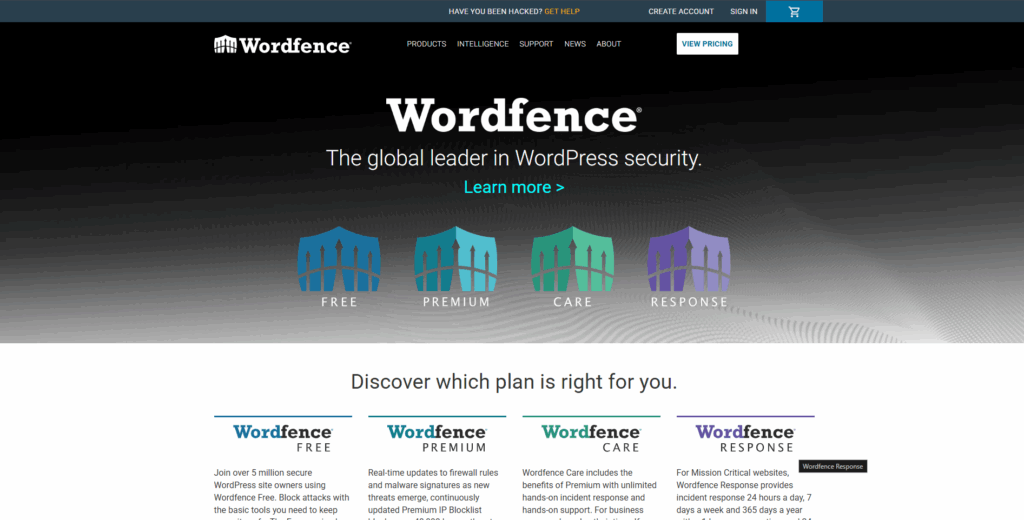
- All-in-One Security (AIOS): A lighter, user-friendly option. It provides essential security features like brute force prevention and login hardening.

- Solid Security (formerly iThemes Security): Focuses on site hardening, two-factor authentication (2FA), and basic security scans.
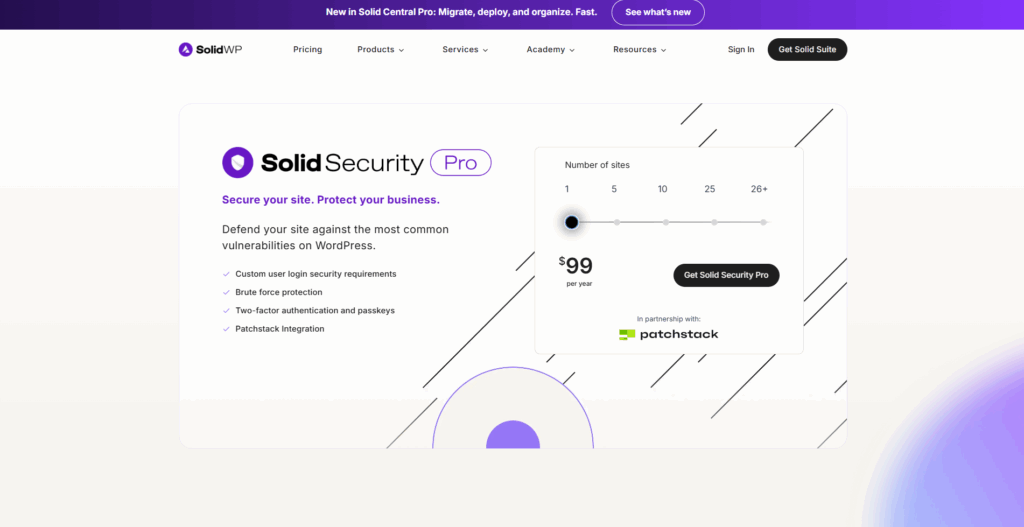
- Patchstack: A unique proactive choice. It scans for vulnerabilities in your plugins and themes and provides virtual patches to close security gaps before an official fix is released.
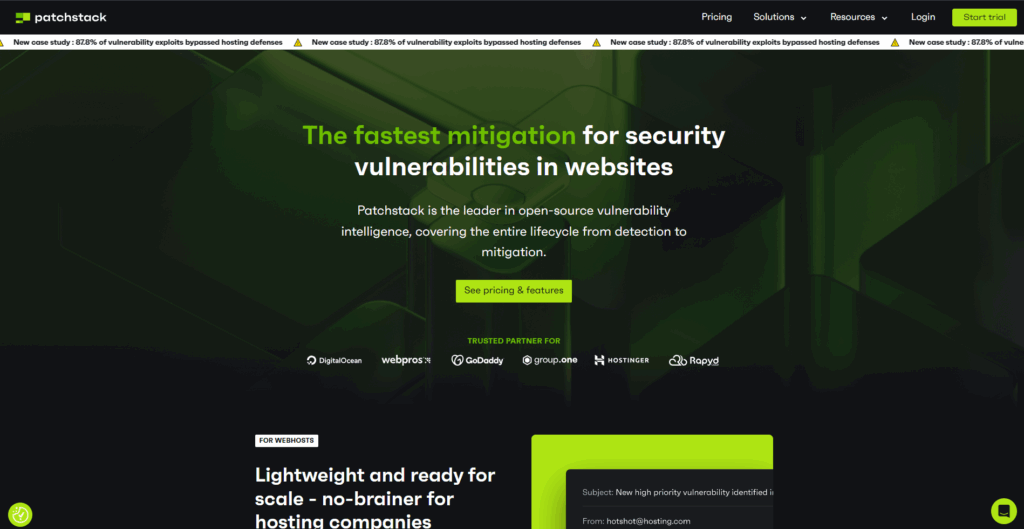
- MalCare: Offers one-click malware cleanup and a cloud-based firewall that doesn’t burden your server.
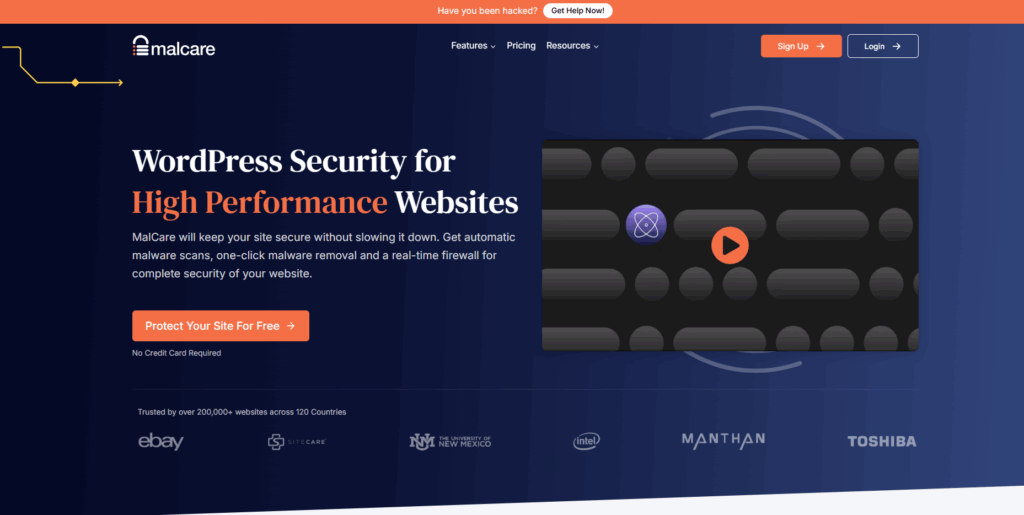
Pro Tip: Never neglect basic security practices: enable 2FA, limit login attempts, activate auto-updates for minor releases, and most importantly, perform routine backups off-site.
2. Caching/Performance Plugins (Choose Based on Server)
The goal of these plugins is to speed up page load times, reduce TTFB (Time to First Byte), and help your site achieve a green Core Web Vitals score.
- LiteSpeed Cache: The best plugin if your hosting uses LiteSpeed or OpenLiteSpeed servers. It offers lightning-fast server-side caching and built-in image optimization.
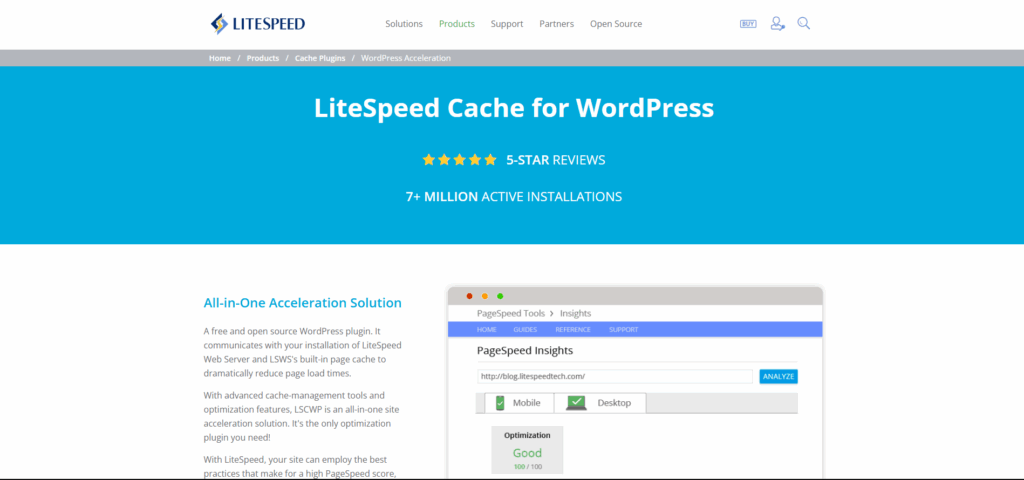
- WP Rocket: A highly popular, all-in-one caching solution. It’s easy to use and packed with features like page caching, preloading, lazy loading, and JavaScript/CSS file optimization.
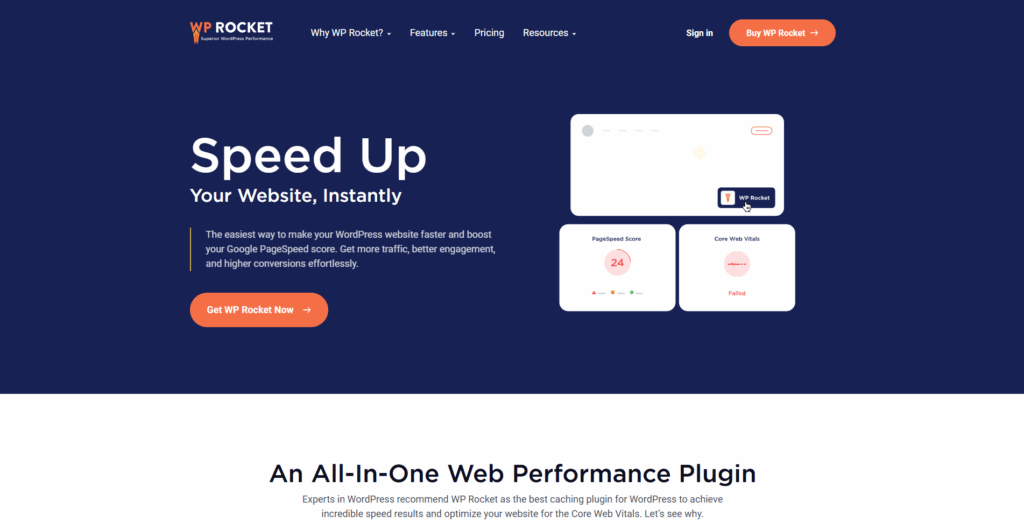
- FlyingPress: Primarily focuses on Core Web Vitals. It offers advanced lazy loading, resource preloading, and critical CSS to enhance user experience.
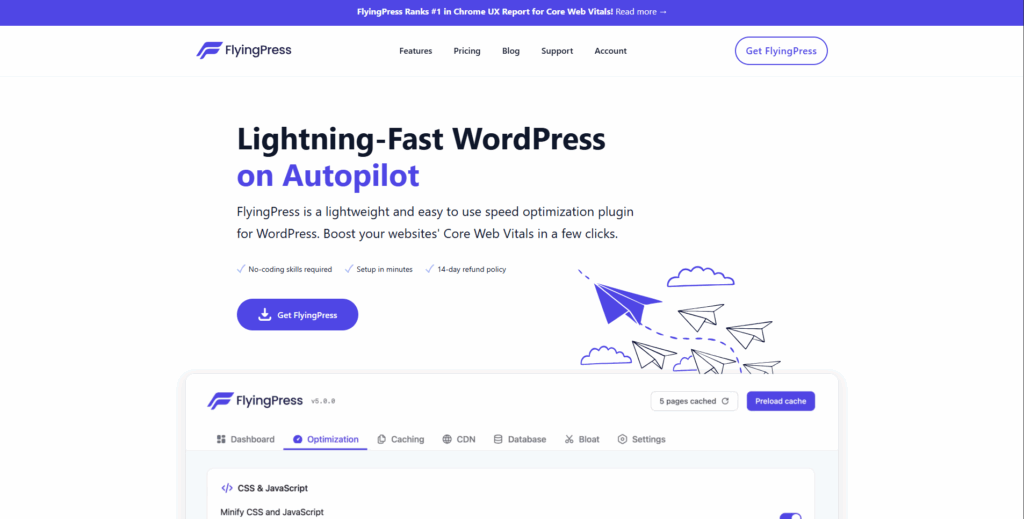
- Perfmatters: Not a caching plugin, but a lightweight optimization tool. Its function is to disable unnecessary scripts, control bloat, and apply preconnect/prefetch to speed up external requests.
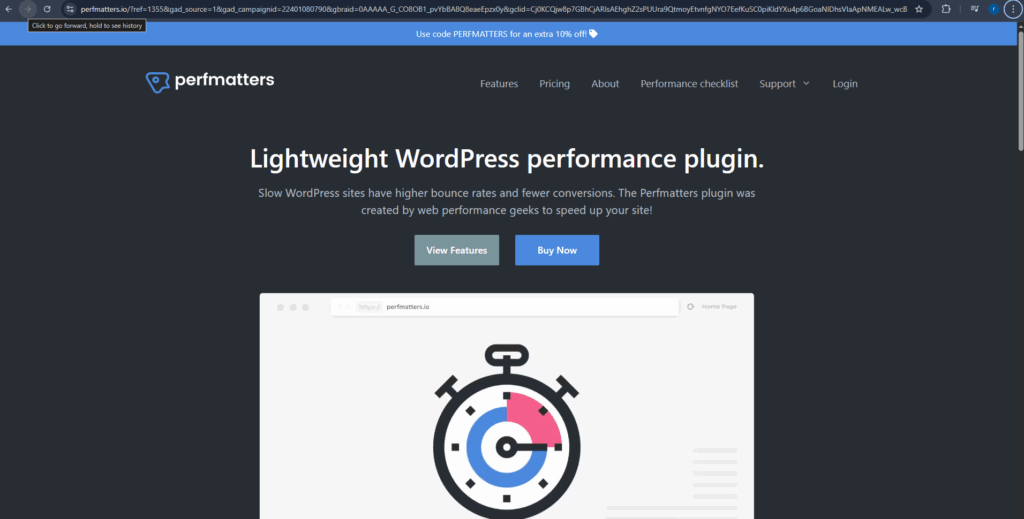
Note: Only use one main caching plugin. Using more than one can cause conflicts and break your site. Consider using a CDN like Cloudflare for global speed acceleration.
3. Builder Plugins (Match Your Team’s Workflow)
These plugins help you build beautiful and responsive page layouts quickly, consistently, and with easy maintenance.
- Gutenberg/Block Editor: The future of WordPress. When paired with block plugins like GenerateBlocks or Stackable, Gutenberg becomes a lightweight, future-proof solution.
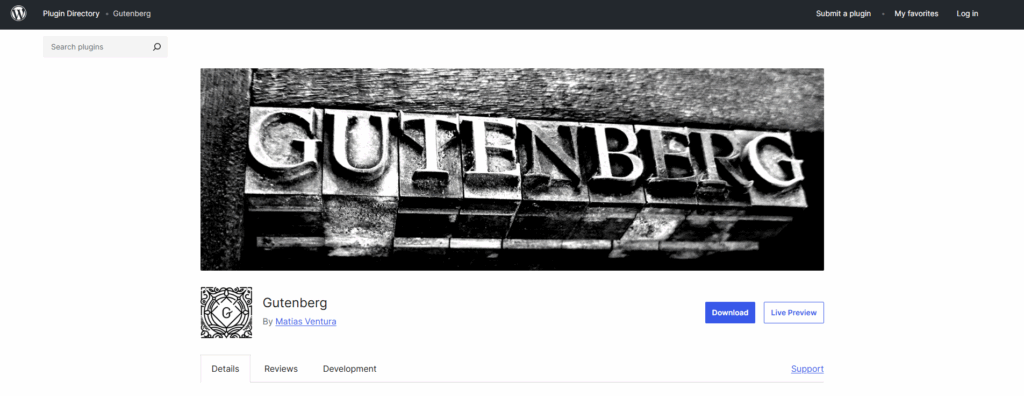
- Elementor: Has a vast ecosystem of add-ons and templates. It’s incredibly fast for prototyping and building visually complex pages.
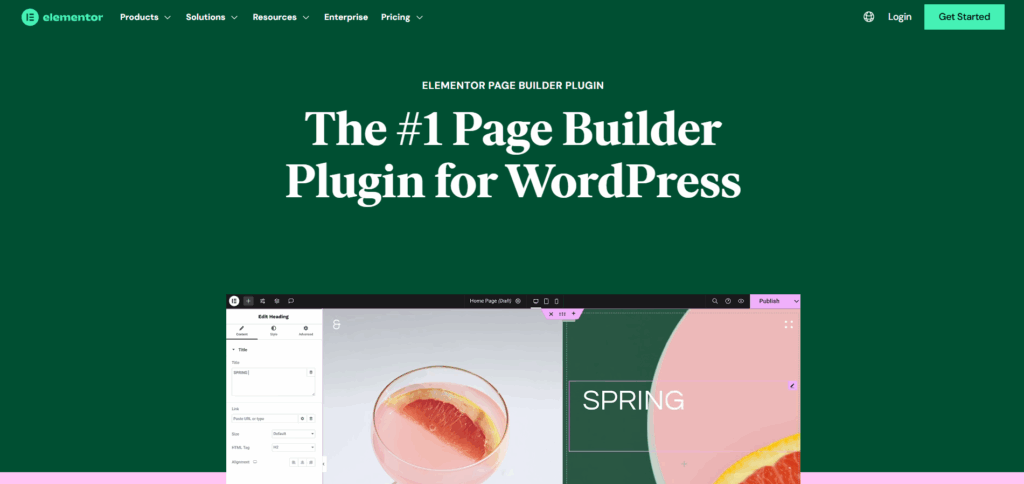
- Bricks Builder: Known for its exceptional performance and granular control. A popular choice among designers and developers who want high flexibility.
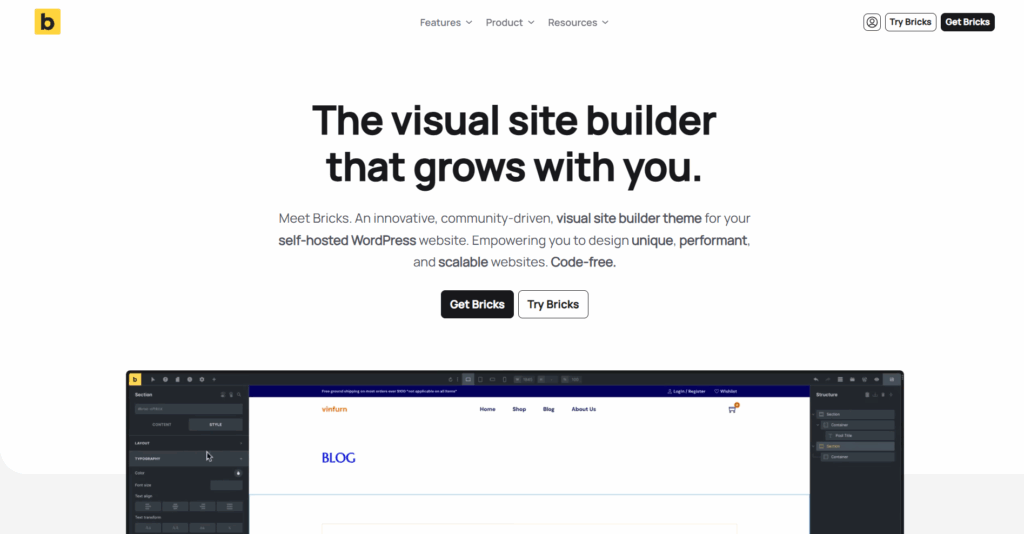
- Beaver Builder: Extremely stable and reliable, making it a favorite for agencies working with clients who need an easy editing experience.
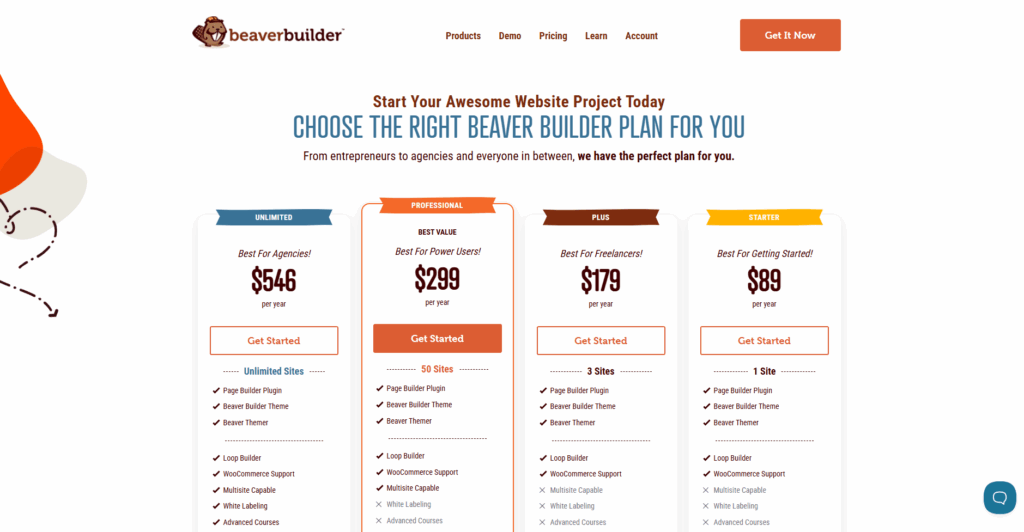
- Oxygen: A developer-centric plugin. It provides complete control over every aspect of the design, but has a steeper learning curve.
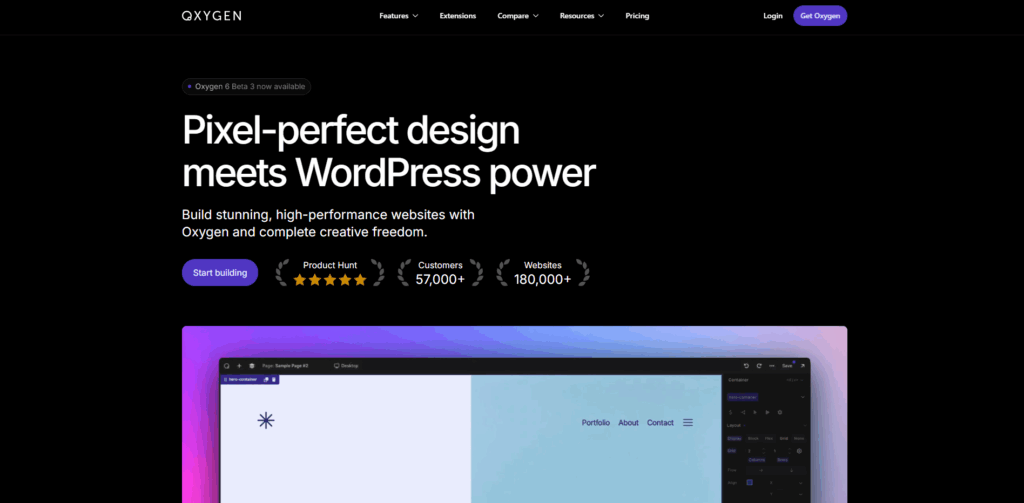
Tip: Build a Design System using Global Styles, reusable blocks, and design tokens to maintain consistency across your entire site.
4. Business Plugins (Payments, Invoices, CRM, Forms)
These plugins are the core of your business operations, ensuring a smooth flow of revenue and organized customer data.
- Invoize (WPSora): A dedicated plugin for creating and sending professional invoices. Ideal for freelancers, agencies, or service-based businesses. It supports pay-links with various payment options (card, PayPal, etc.), automatic notifications, and digital receipts.
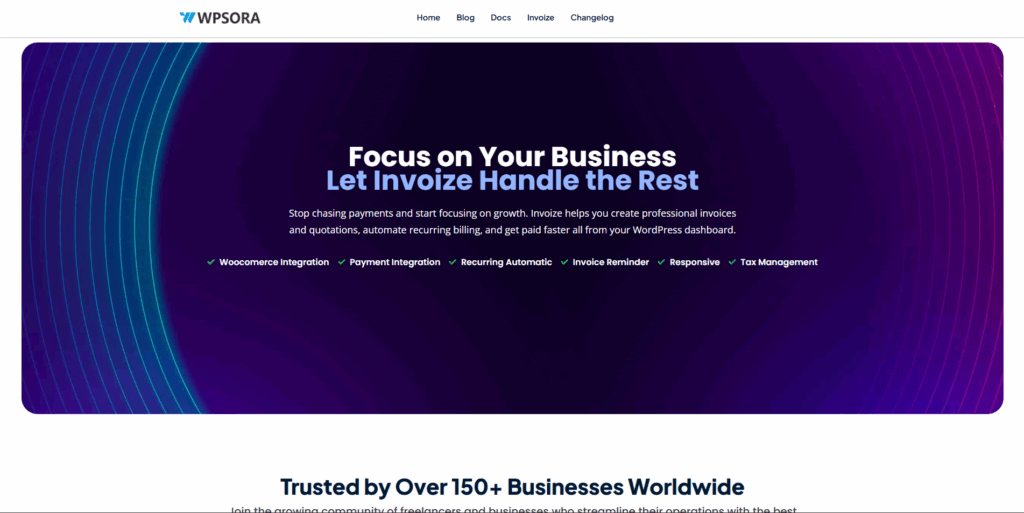
- WooCommerce: A complete e-commerce solution for selling physical and digital products. It has a massive ecosystem of add-ons.
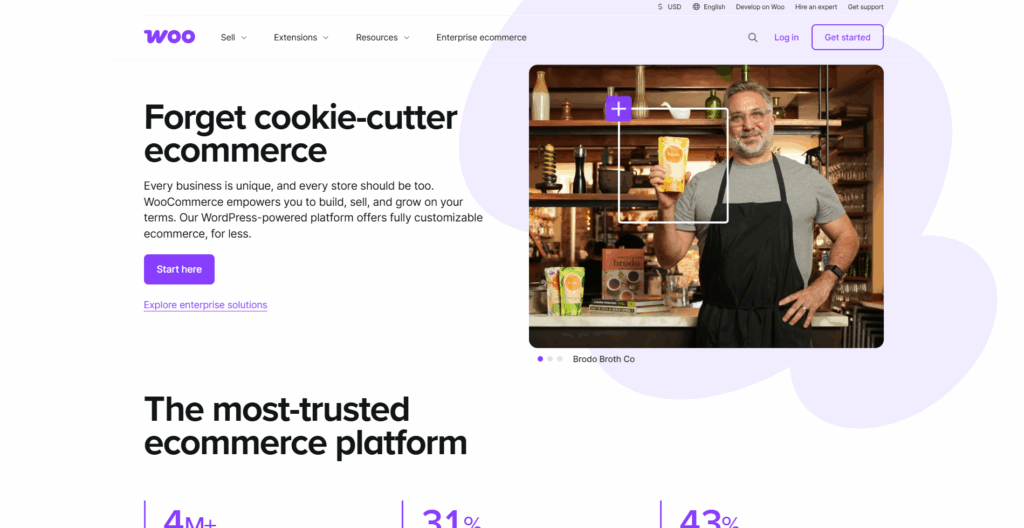
- Easy Digital Downloads (EDD): A simpler, lightweight option if you’re only focused on selling digital products (ebooks, software, etc.).
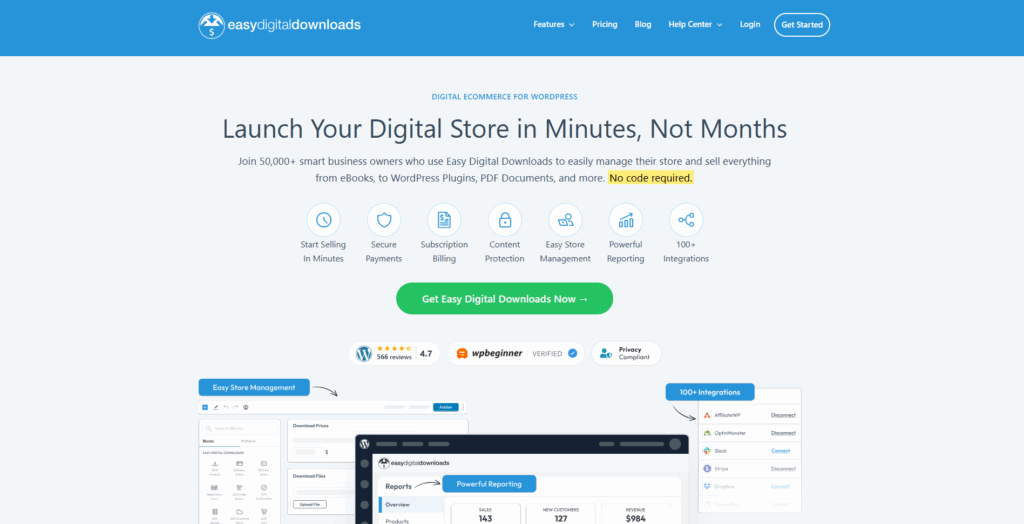
- WPForms: Essential form plugins for collecting leads, registrations, or customer orders.
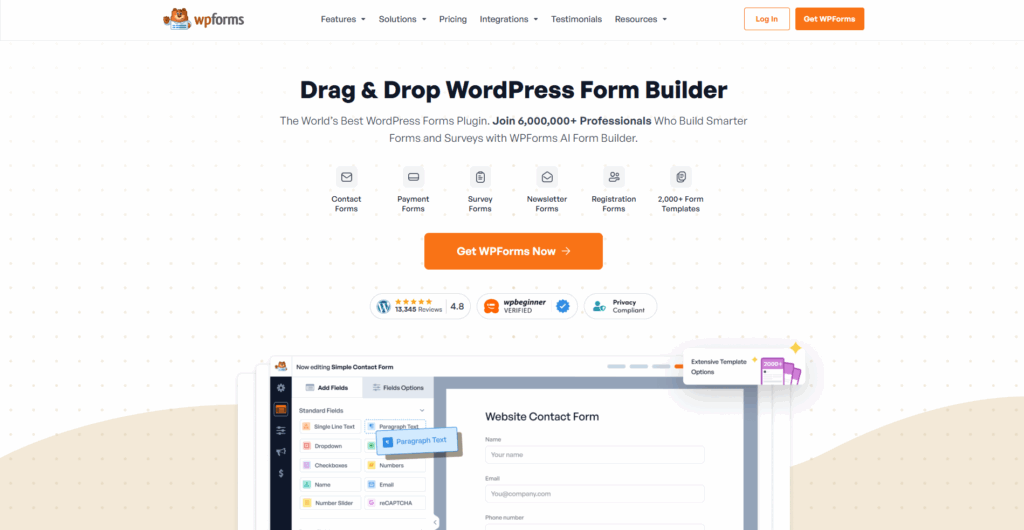
- Local Payment Gateways: Integrate with Xendit, Midtrans, or DOKU to accept payments from various local methods like Virtual Accounts (VA), QRIS, e-wallets, and credit/debit cards.
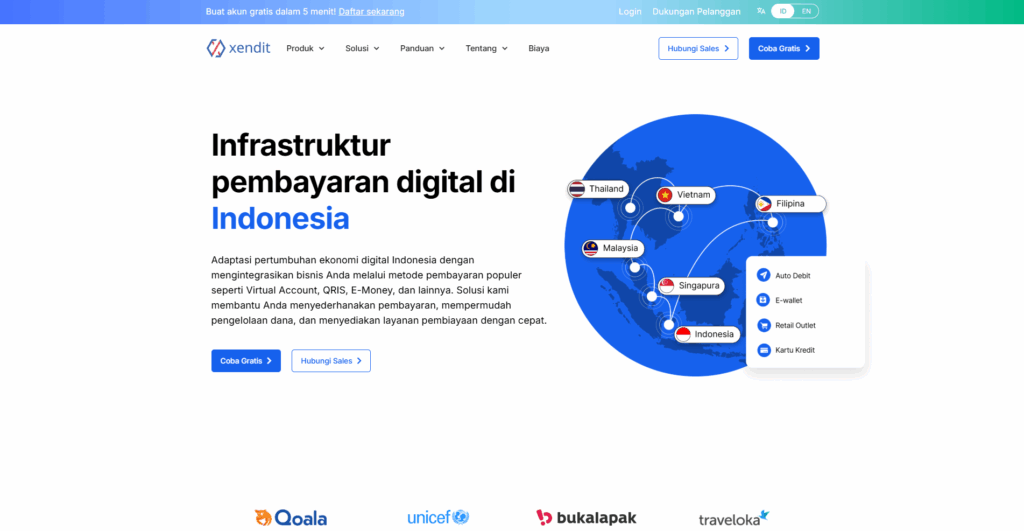
Suggested Business Flow: Start with a Form to collect contact data, follow up with CRM/Email, send an Invoice (Invoize) for billing, and use a Payment Gateway to process the payment.
Recommended Quick Stacks
Here are some example plugin combinations you can implement:
- Blog/Personal Brand: AIOS (basic security) + WP Rocket/LiteSpeed (performance) + Gutenberg (lightweight builder) + Invoize (for freelance billing).
- Local SME: AIOS + LiteSpeed Cache + Elementor (fast builder) + WooCommerce (store) + Midtrans/Xendit (local gateway) + Invoize (for B2B project billing).
- Agency/Freelancer: Wordfence (full security) + FlyingPress (CWV focus) + Bricks/GenerateBlocks (flexible builder) + Invoize (invoice & pay-link) + FluentCRM (follow-up automation).
Implementation Checklist
- Audit Old Plugins: Delete any unused or outdated plugins to avoid conflicts.
- Install Security & Caching: Install one main security plugin and one caching plugin. Immediately activate 2FA.
- Choose a Builder: Settle on one main builder and begin designing your site.
- Set Up Business Tools: Configure Invoize, payment gateways, and your invoice templates.
- Test Performance: Perform Core Web Vitals tests on a staging site before going live. Always back up your site before and after major changes.
Short FAQ
- Can I use more than one caching plugin? It’s not recommended. This can cause conflicts and break your site. Choose one that best fits your hosting.
- Elementor vs. Gutenberg? Gutenberg is a native WordPress editor, ideal for performance. Elementor is faster for prototyping and has a large ready-to-use library. The choice depends on your priorities.
- Why do I need Invoize if I have WooCommerce? WooCommerce is for e-commerce transactions (shopping carts & product checkouts). Invoize is ideal for project/service billing, sending direct pay-links, or creating B2B invoices.
Need a custom stack recommendation for your industry? Feel free to describe your site’s purpose and server environment—I’ll help you map out the options, including an efficient initial setup guide.
Author
-

Hi, I'm Dede Nugroho. I enjoy sharing what I know with others. I'm passionate about security and have experience developing WordPress plugins
View all posts

